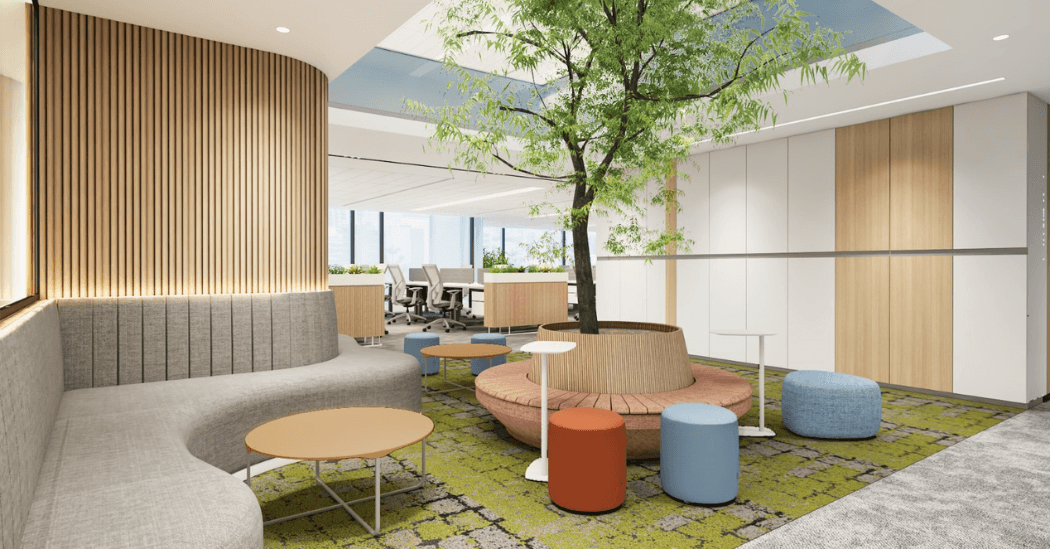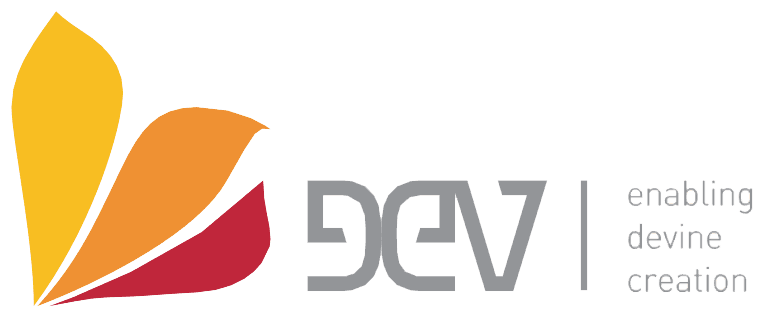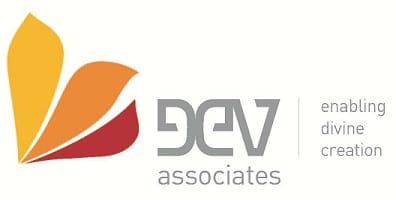
Creating an Inviting and Functional Breakout Zone in the Workplace
In today’s fast-paced work environment, having a dedicated breakout zone is more than a luxury—it’s a necessity. These spaces are essential for fostering creativity, collaboration, and overall well-being among employees. A well-designed breakout zone can rejuvenate the workforce, making them more productive and satisfied.
Here’s how to create an inviting and functional breakout zone in your workspace.
1. Understanding the Purpose of a Breakout Zone
Breakout zones are informal spaces where employees can take a break, relax, and engage with their colleagues in a non-work-related setting. They serve multiple purposes:
- Relaxation: A place to unwind and destress.
- Collaboration: An informal setting for brainstorming and casual meetings.
- Social Interaction: Encouraging camaraderie and team bonding.
- Creativity Boost: A change of environment can stimulate new ideas and perspectives.
2. Key Elements of a Functional Breakout Zone
Comfortable Seating
Comfort is paramount. Include a variety of seating options such as sofas, bean bags, armchairs, and even floor cushions. Ergonomic furniture that supports good posture while providing comfort is ideal.
Versatile Furniture
Use modular and flexible furniture that can be easily rearranged to accommodate different group sizes and activities. Foldable tables, stackable chairs, and movable partitions are great options.
Refreshments and Snacks
Stock the breakout zone with healthy snacks, beverages, and perhaps a coffee machine. Providing access to refreshments can make the space more inviting and convenient for employees.
Connectivity
Ensure the breakout zone has good Wi-Fi connectivity and sufficient power outlets for charging devices. This enables employees to use the space for both relaxation and work if needed.
Entertainment Options
Incorporate entertainment features like board games, a pool table, or even a video game console. These can help employees unwind and foster team spirit through friendly competition.
Nature Elements
Include plants and greenery to create a calming environment. Natural elements have been shown to reduce stress and improve overall mood and productivity.
3. Designing the Space
Location and Accessibility
Choose a location that is easily accessible to all employees but somewhat removed from the main work areas to avoid disturbances. It should be a space that employees feel comfortable using regularly.
Aesthetic Appeal
The design should be visually appealing and reflect the company’s culture. Use bright colors and interesting decor to create a lively and inviting atmosphere. Personalize the space with artwork, motivational quotes, or company-themed elements.
Lighting
Natural light is ideal, but ensure the space is well-lit regardless of natural light availability. Use a combination of ambient, task, and accent lighting to create a warm and inviting environment.
Acoustic Considerations
Incorporate sound-absorbing materials like carpets, rugs, and acoustic panels to reduce noise levels. This ensures the breakout zone remains a peaceful retreat even when multiple people are using it.
4. Continuous Improvement
Creating an inviting and functional breakout zone is not a one-time task. It requires ongoing attention and adjustments based on employee feedback and changing needs. Regularly update the space with new amenities, decor, and furniture to keep it fresh and engaging.
Conclusion
A well-designed breakout zone is a valuable asset to any workplace. It provides employees with a space to relax, recharge, and interact, which in turn boosts morale, productivity, and creativity. By focusing on comfort, versatility, and aesthetic appeal, and by actively promoting and maintaining the space, companies can create a breakout zone that truly enhances the workplace experience.



